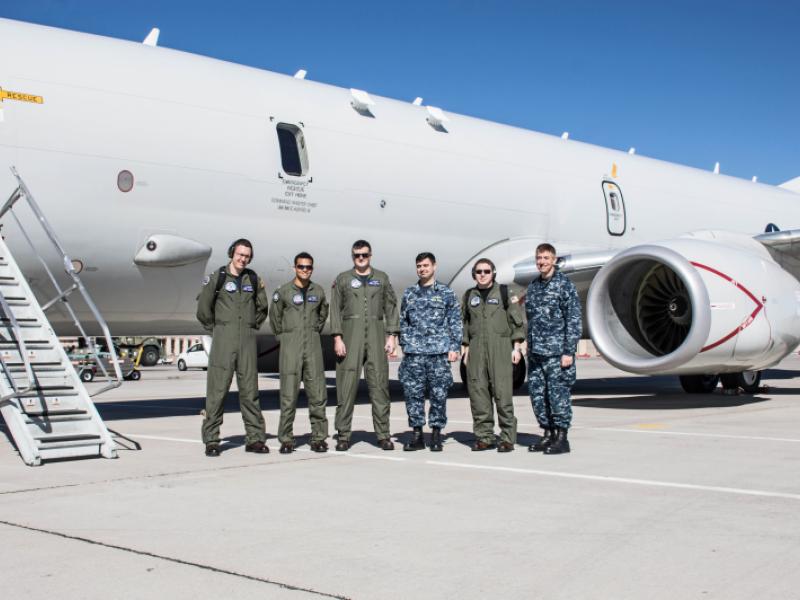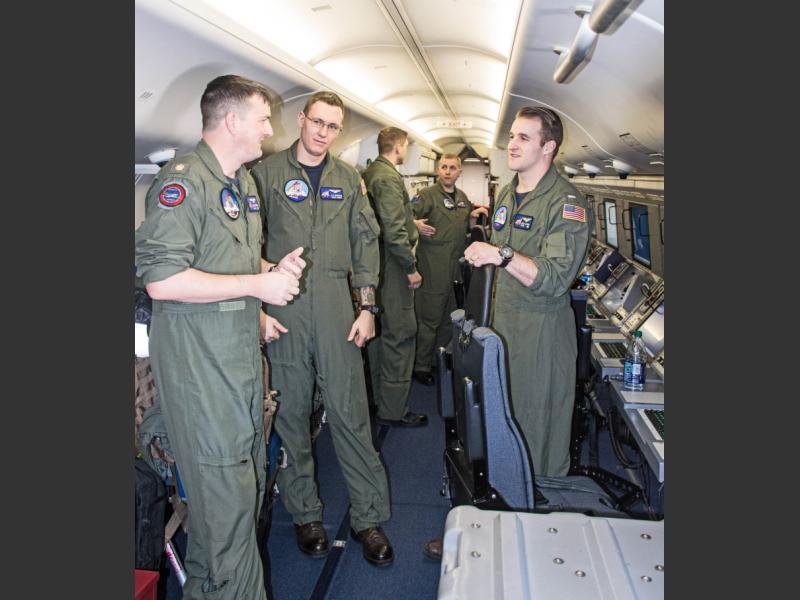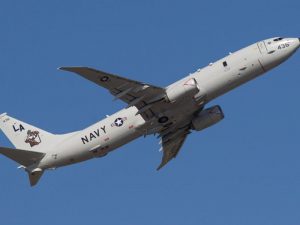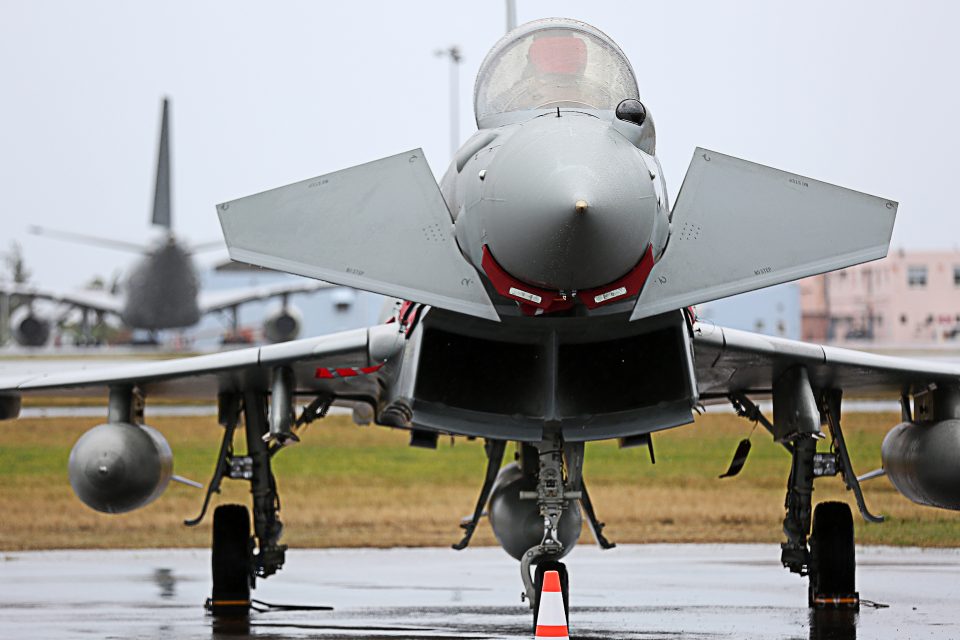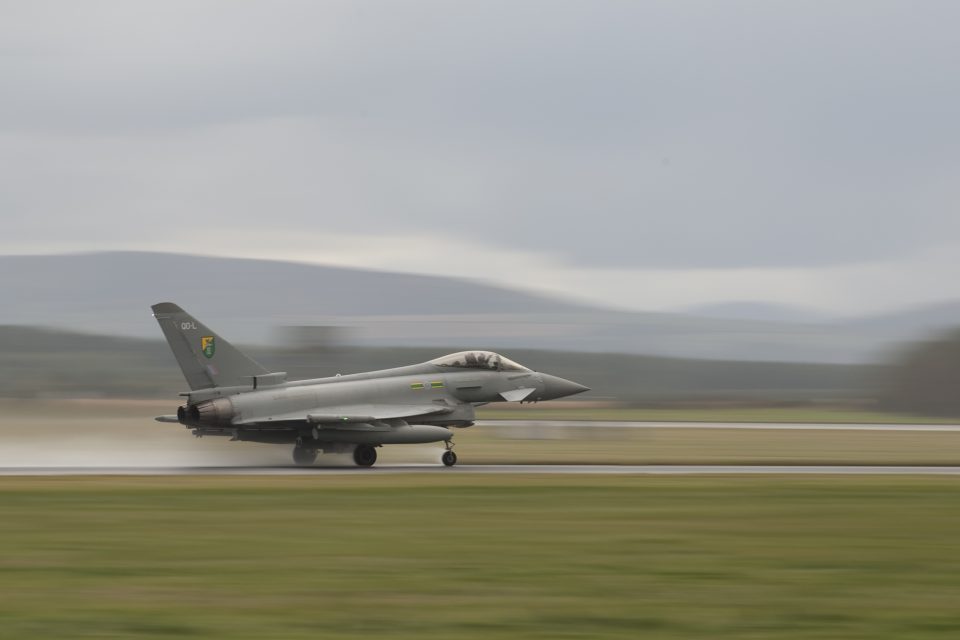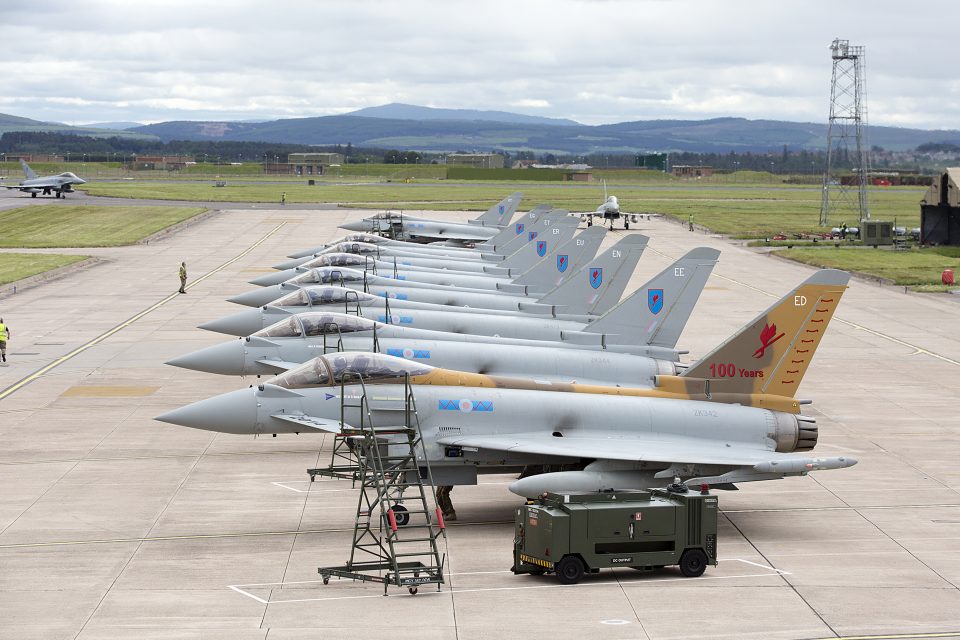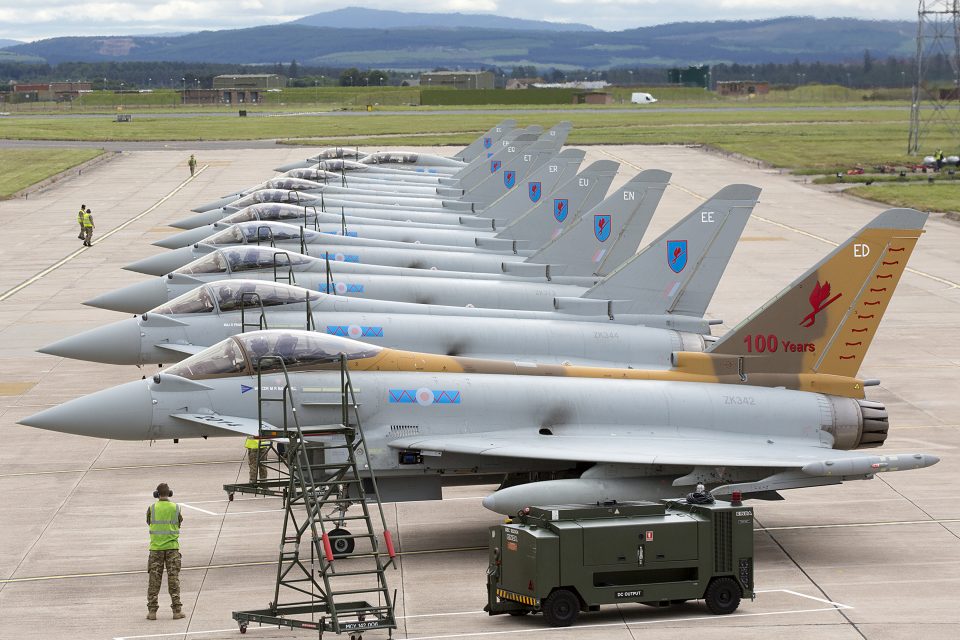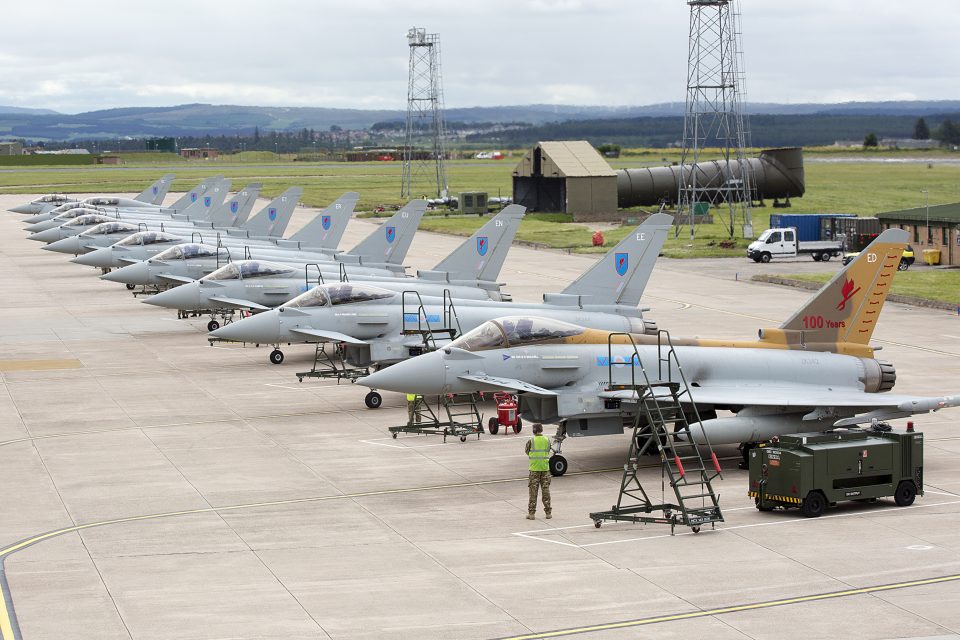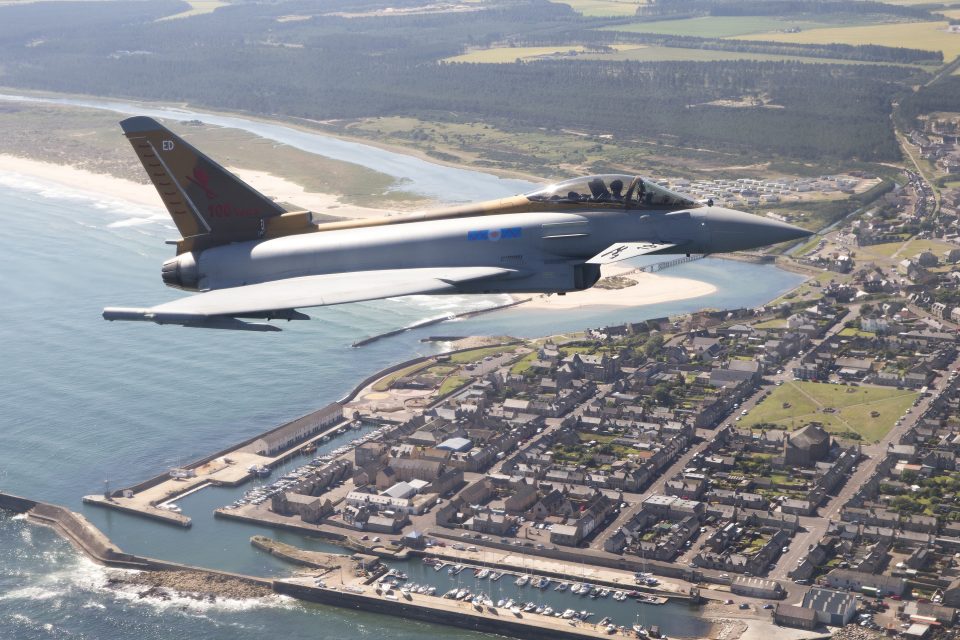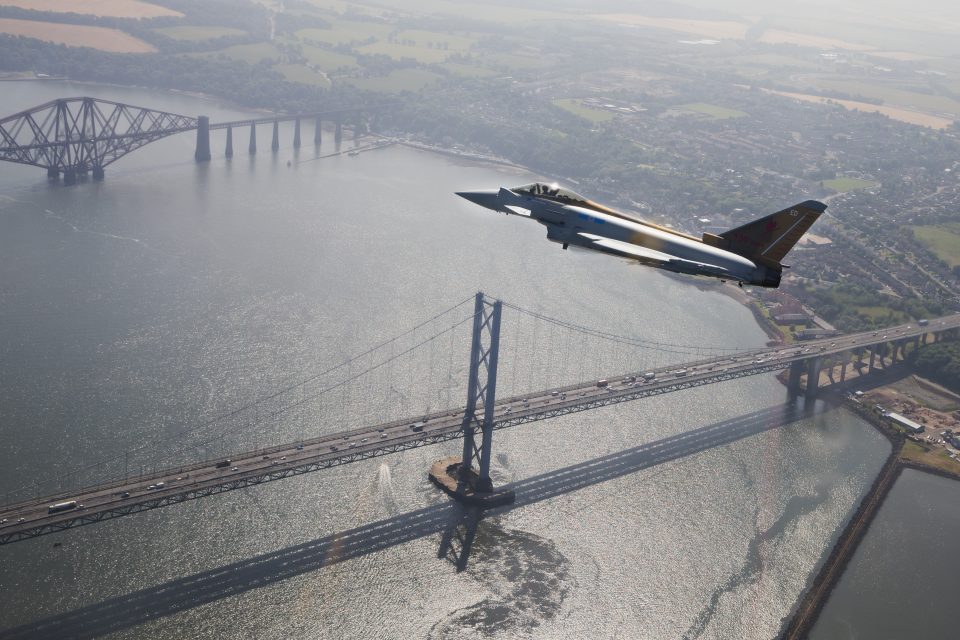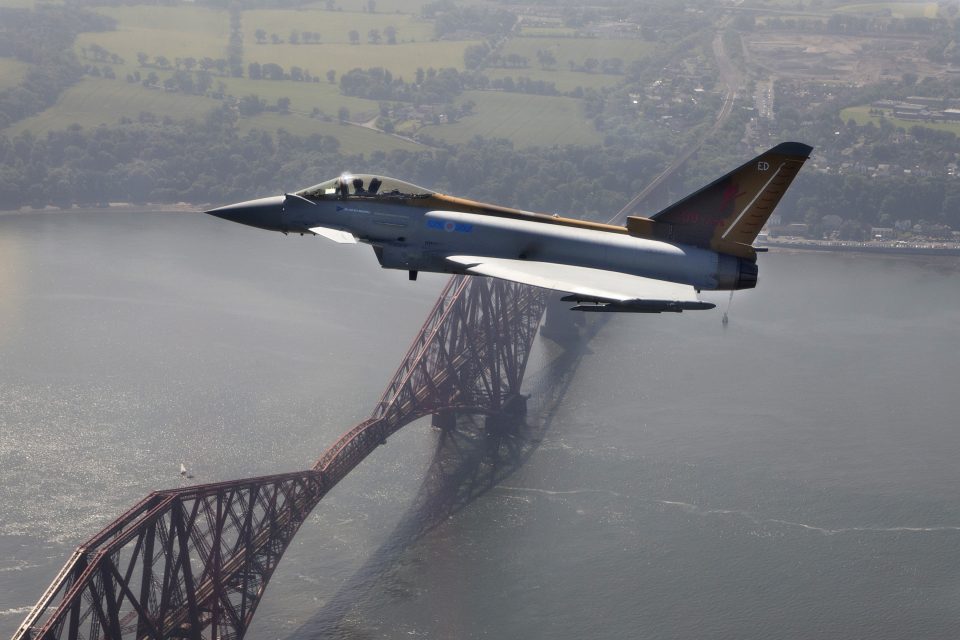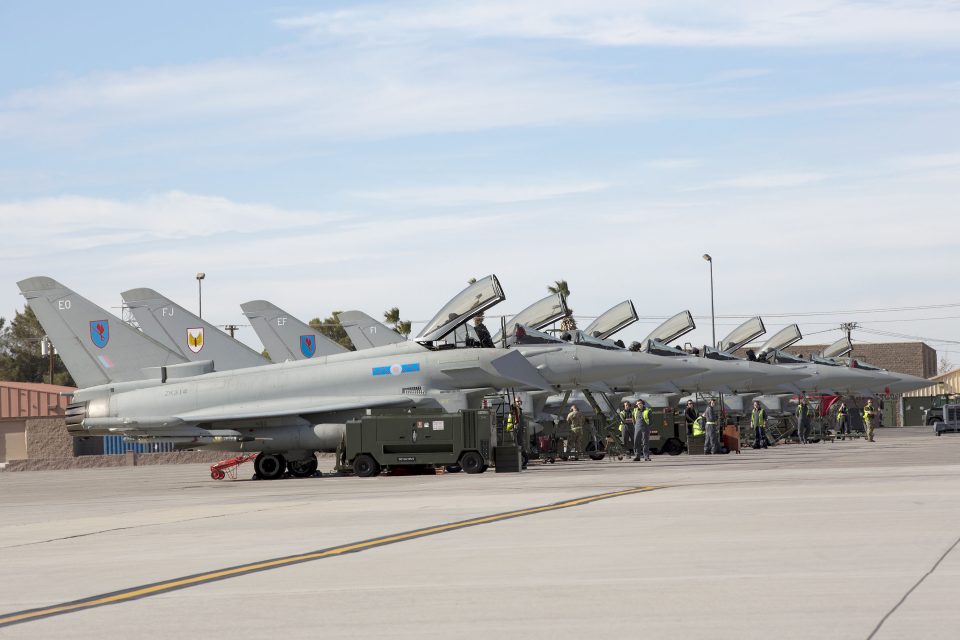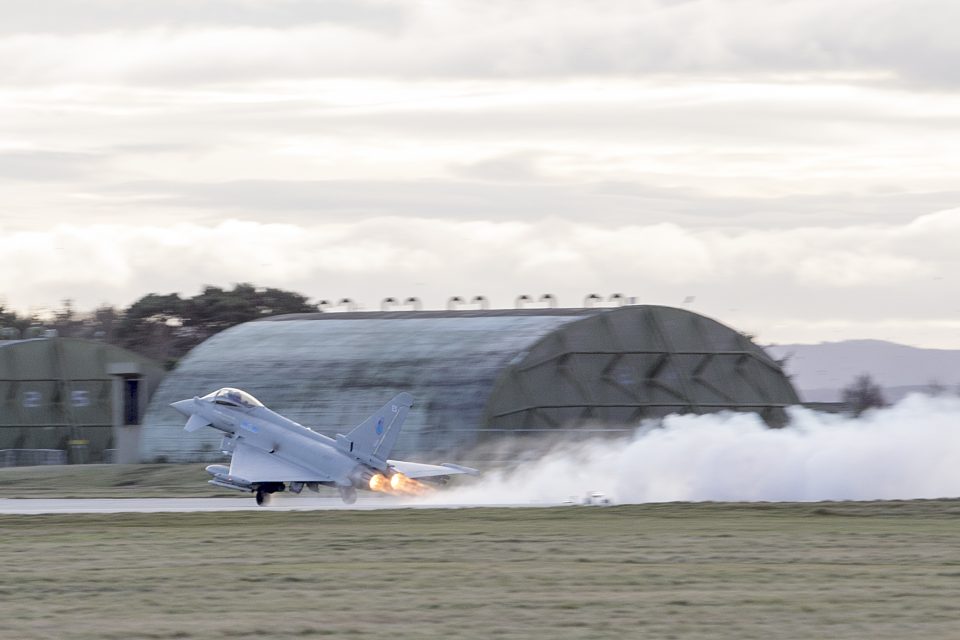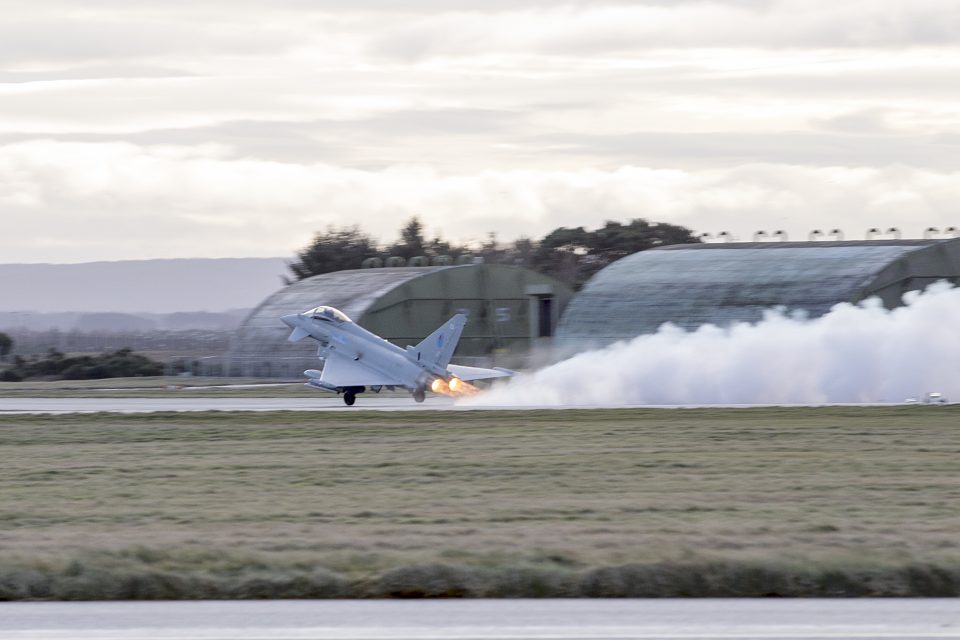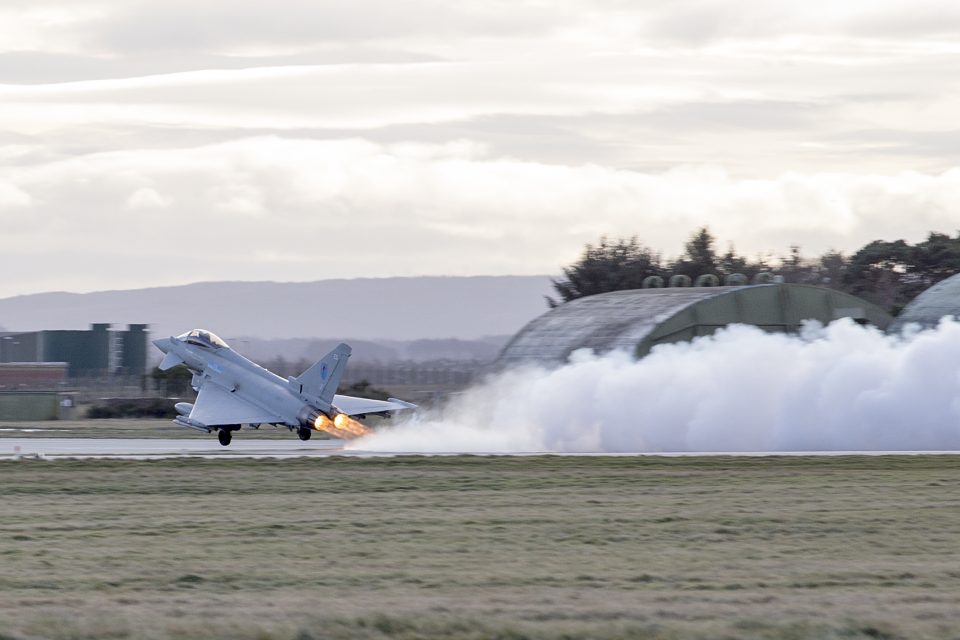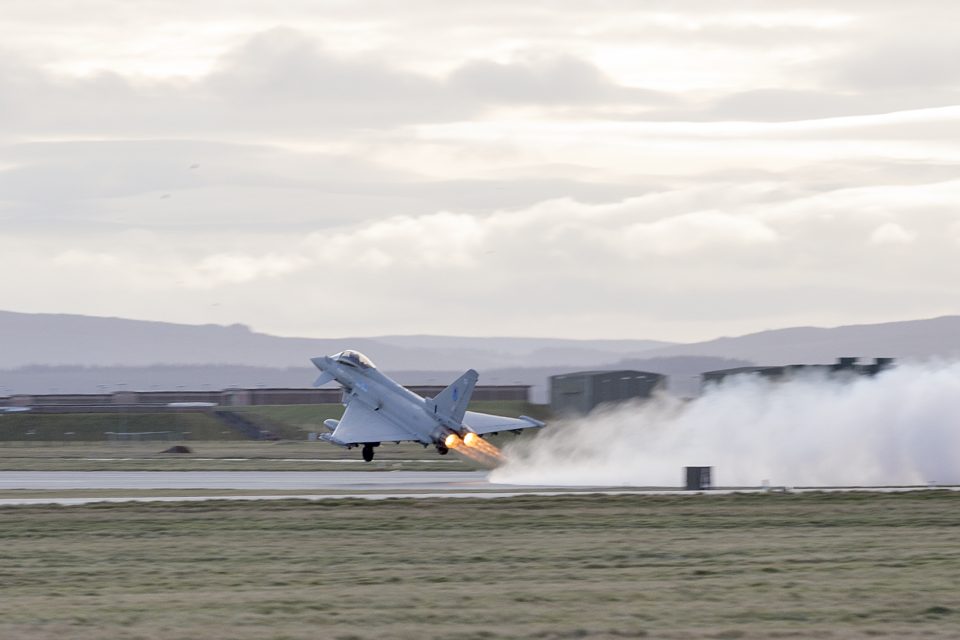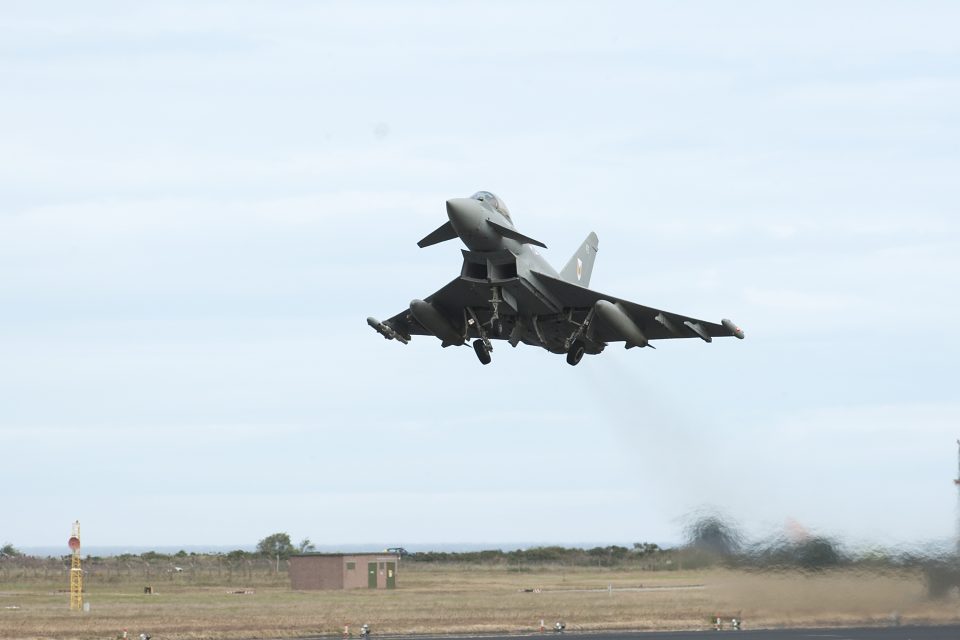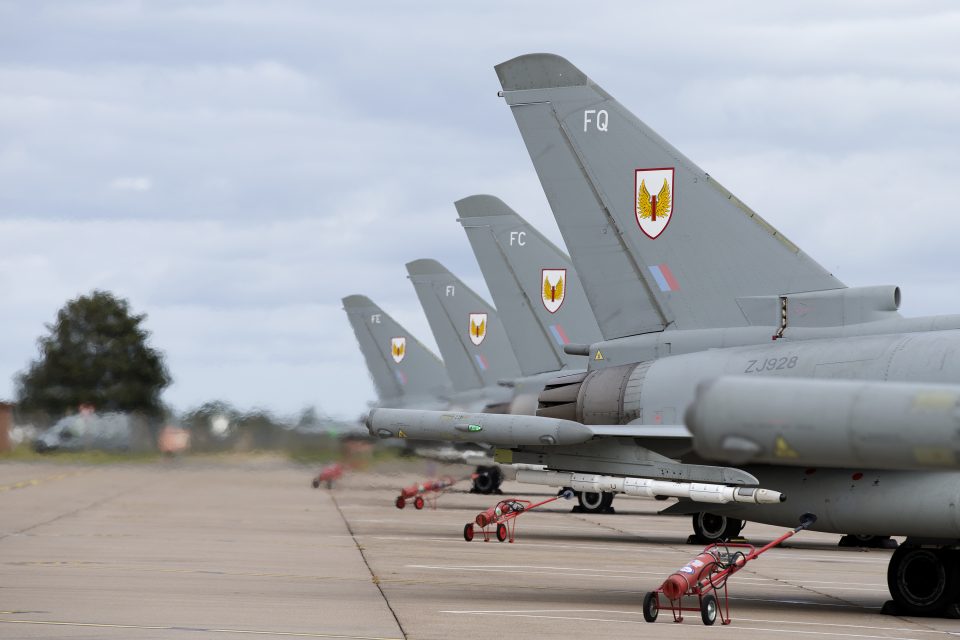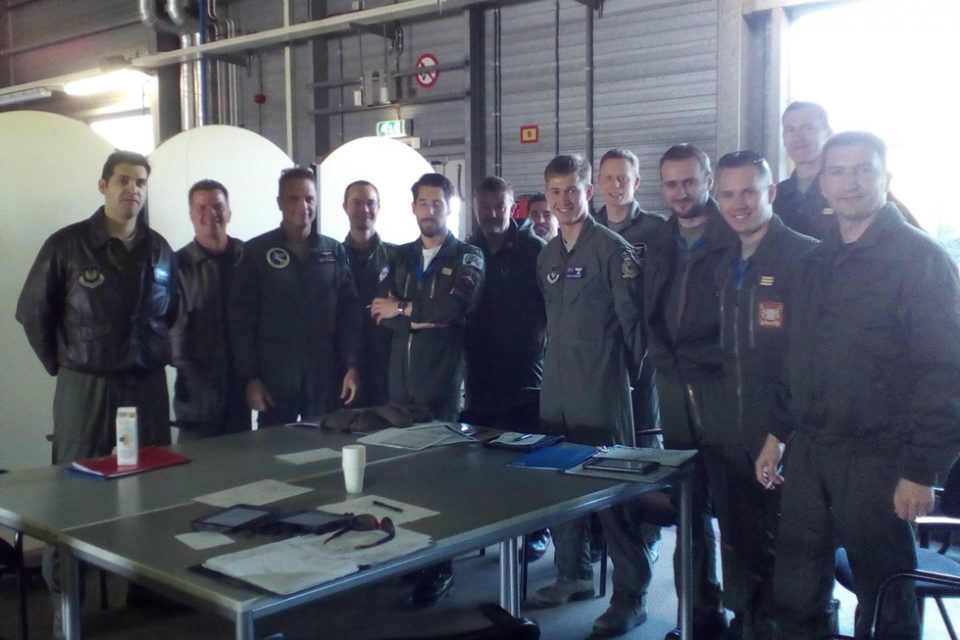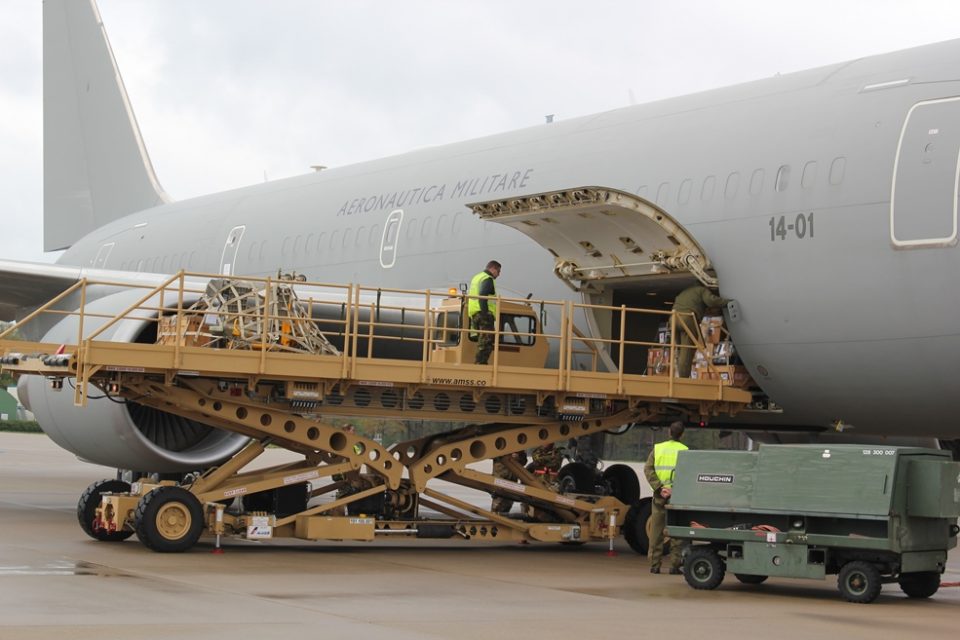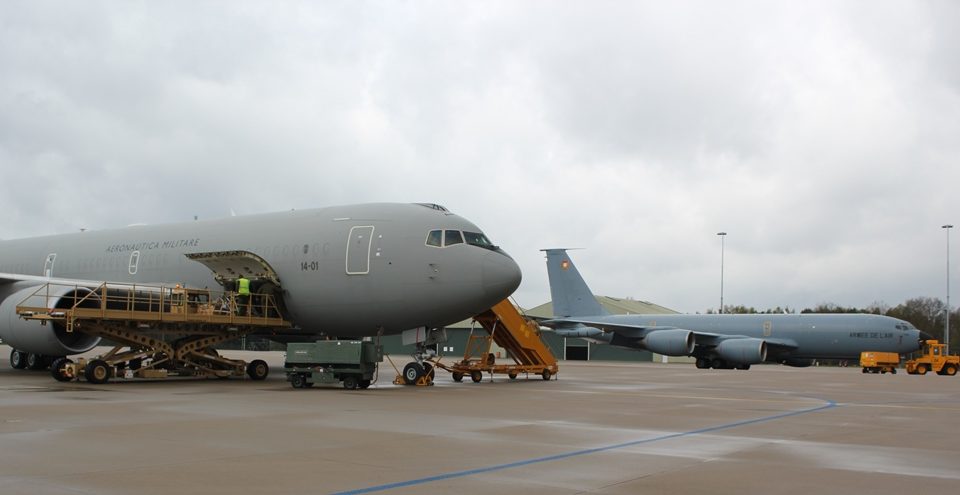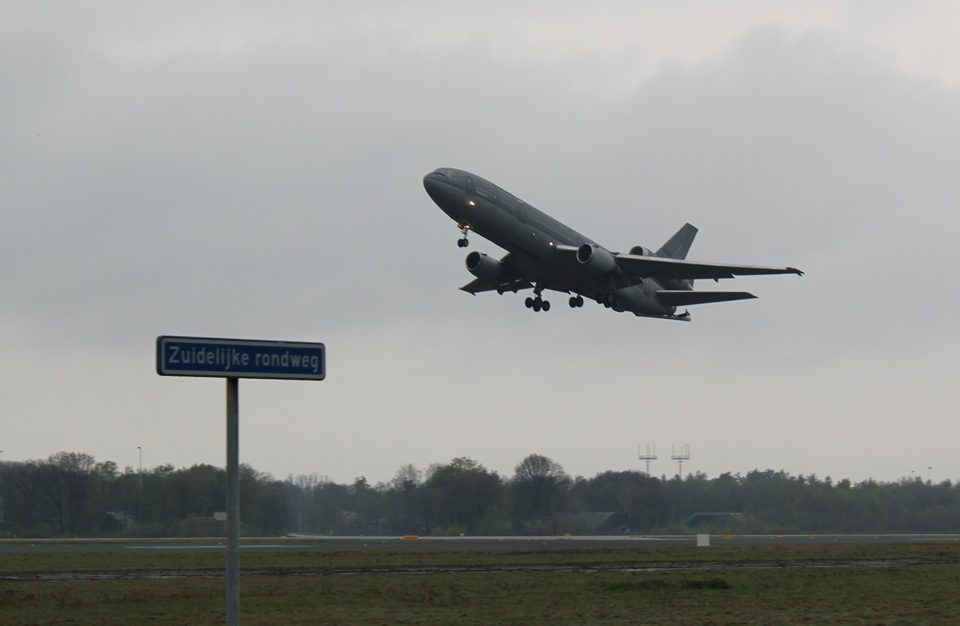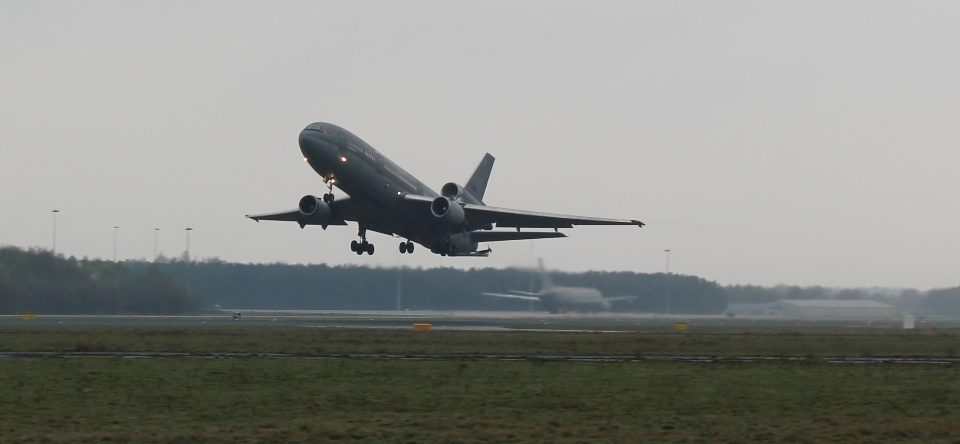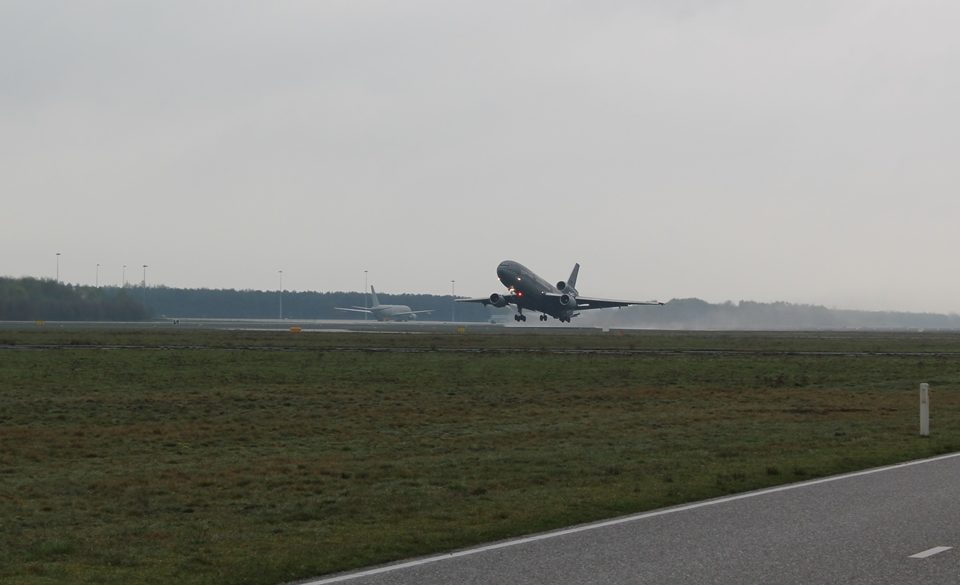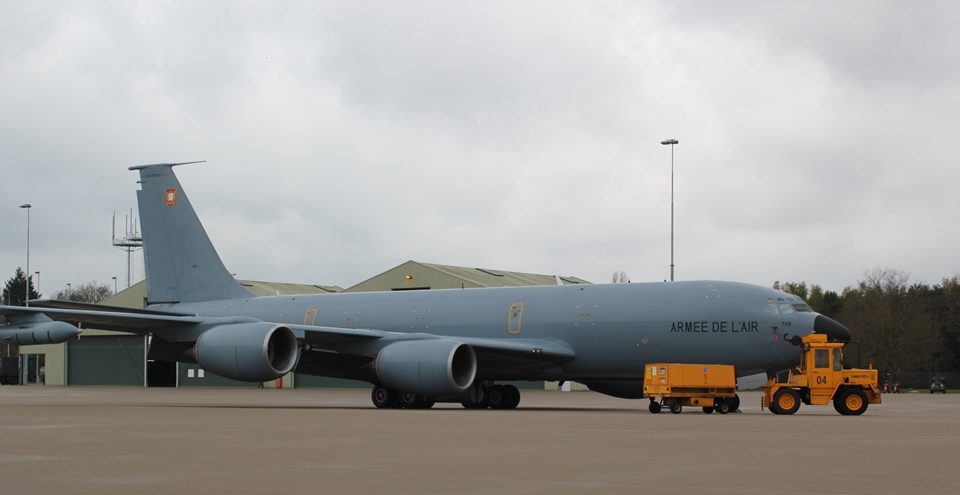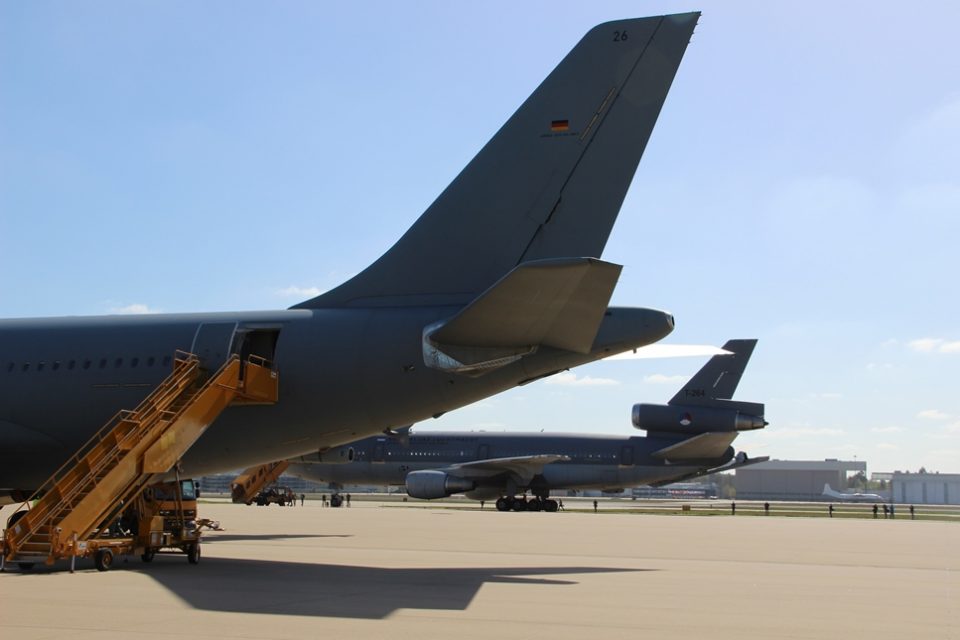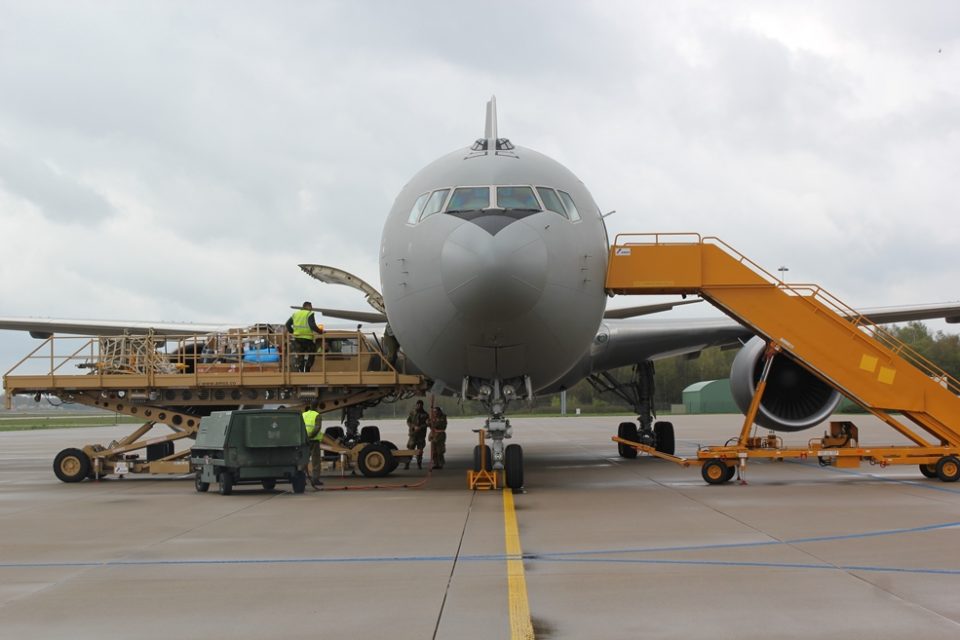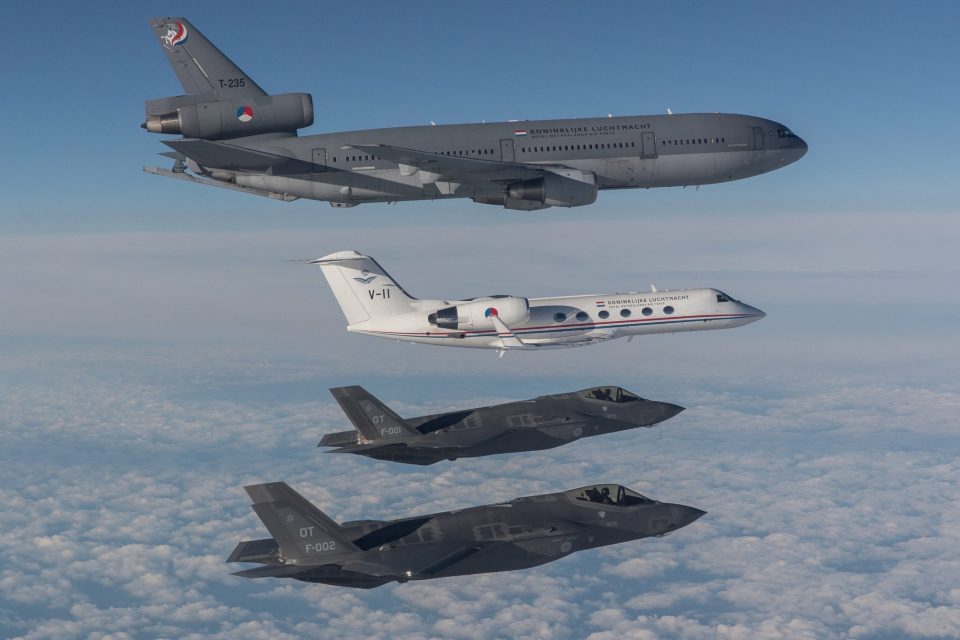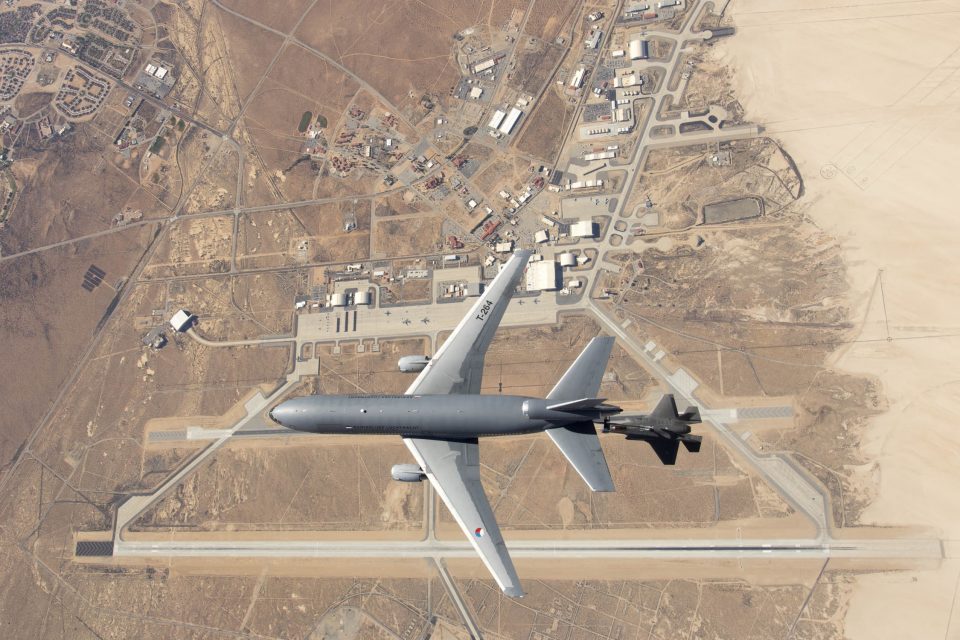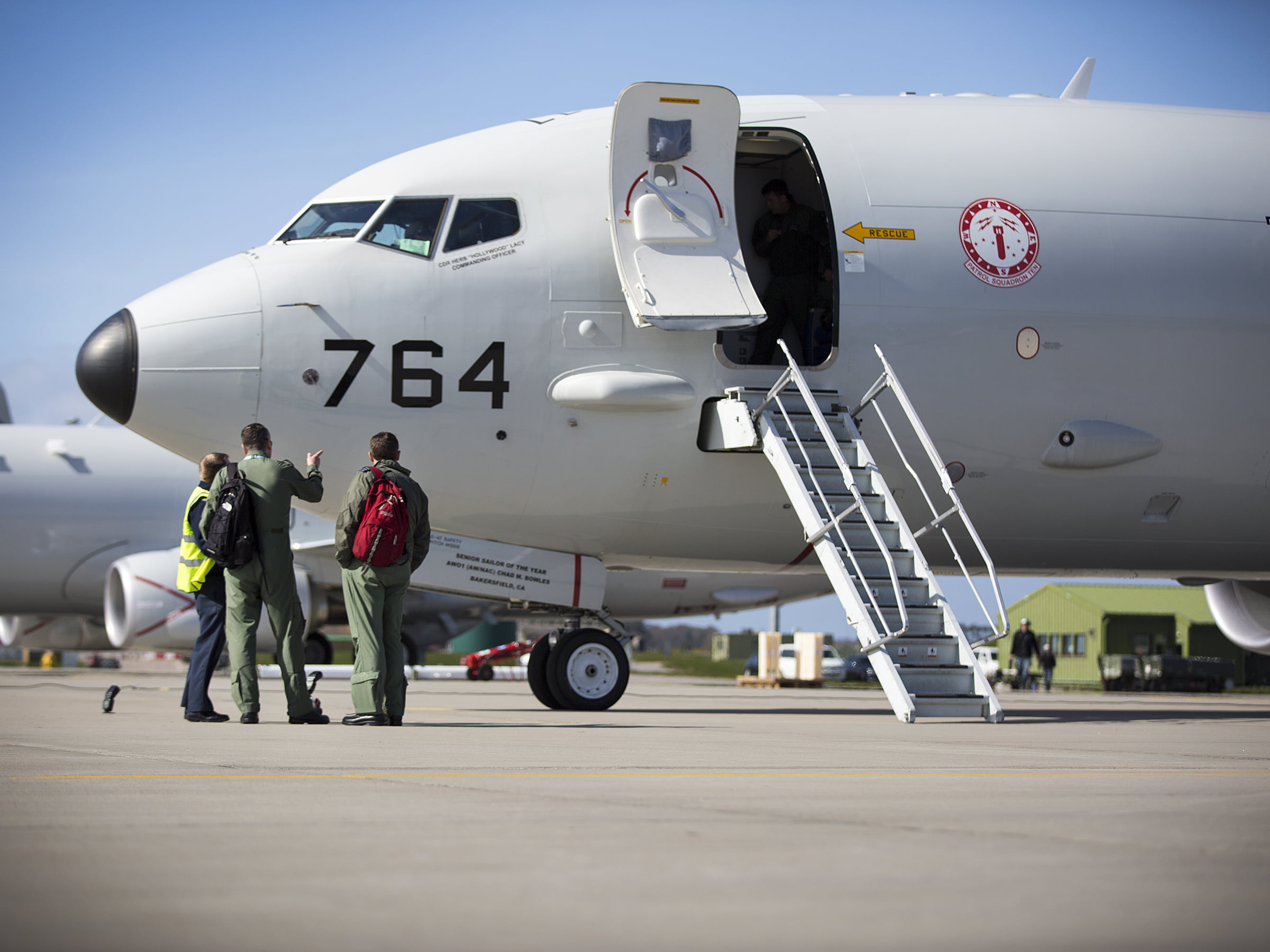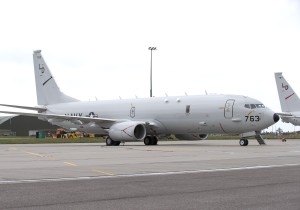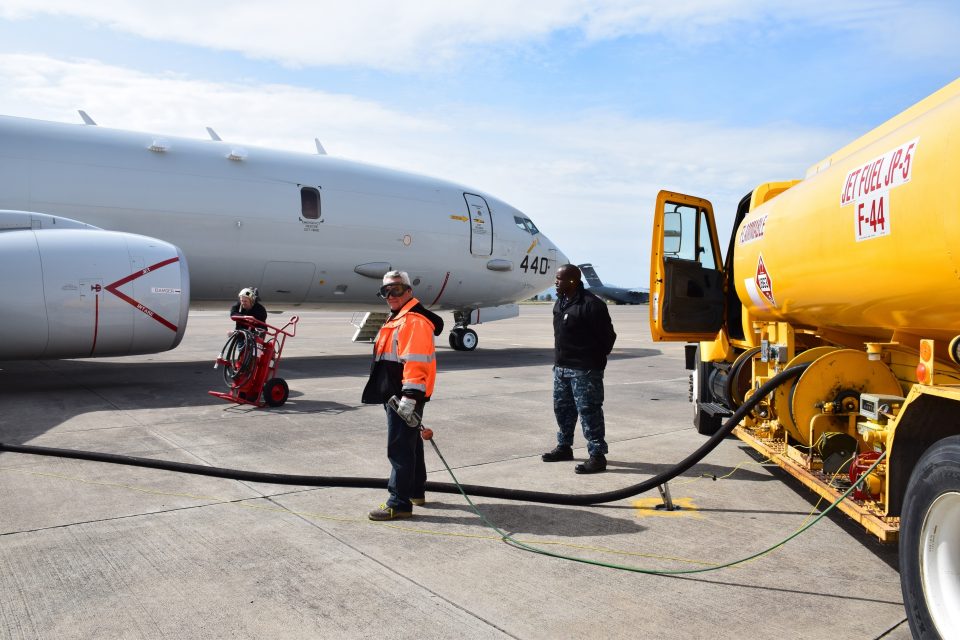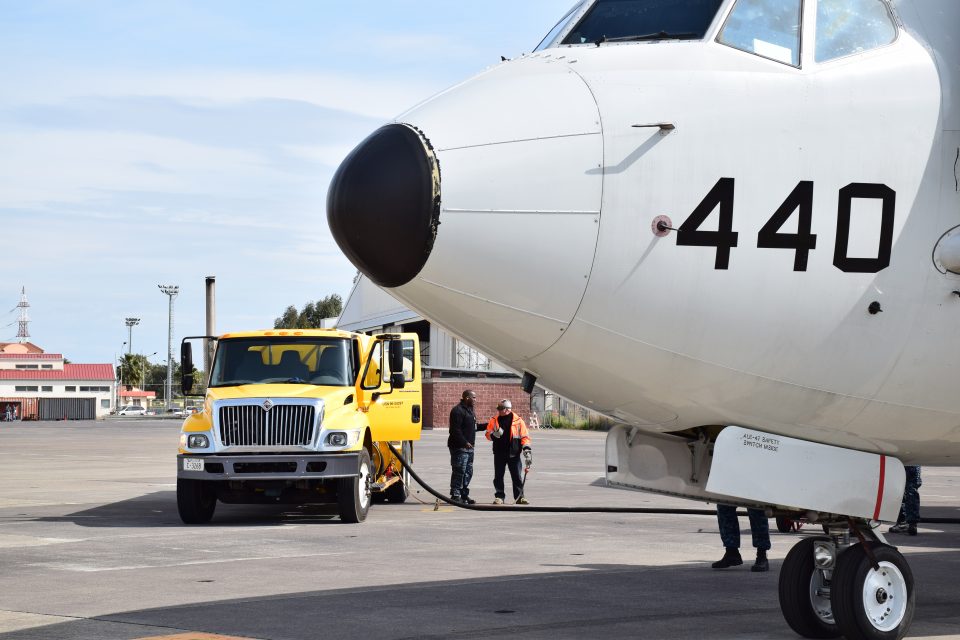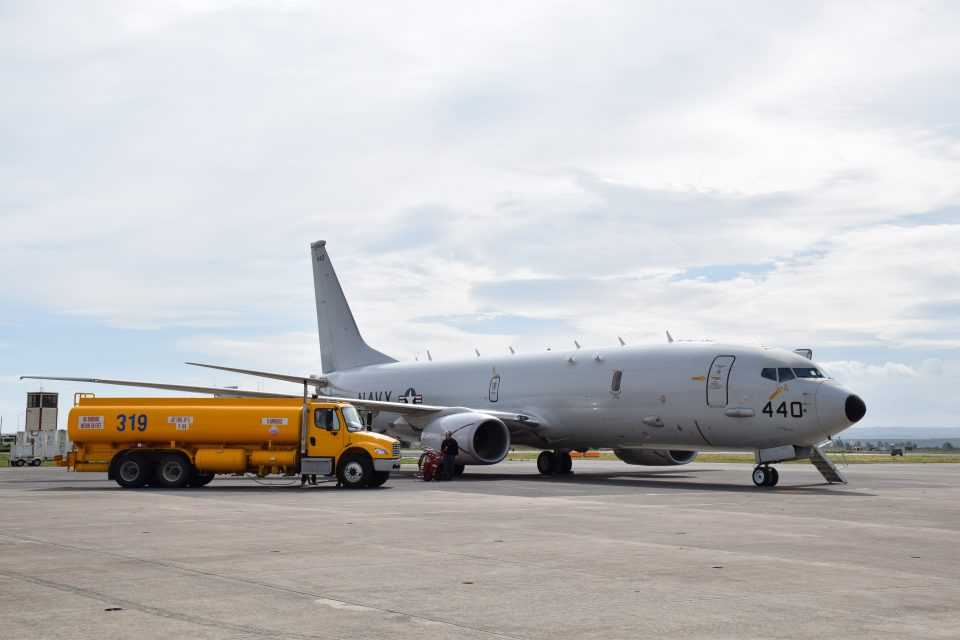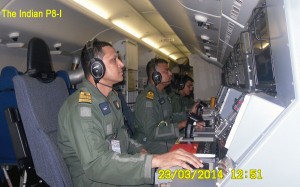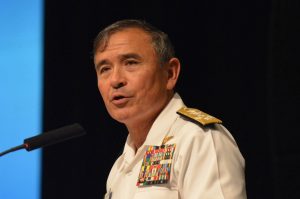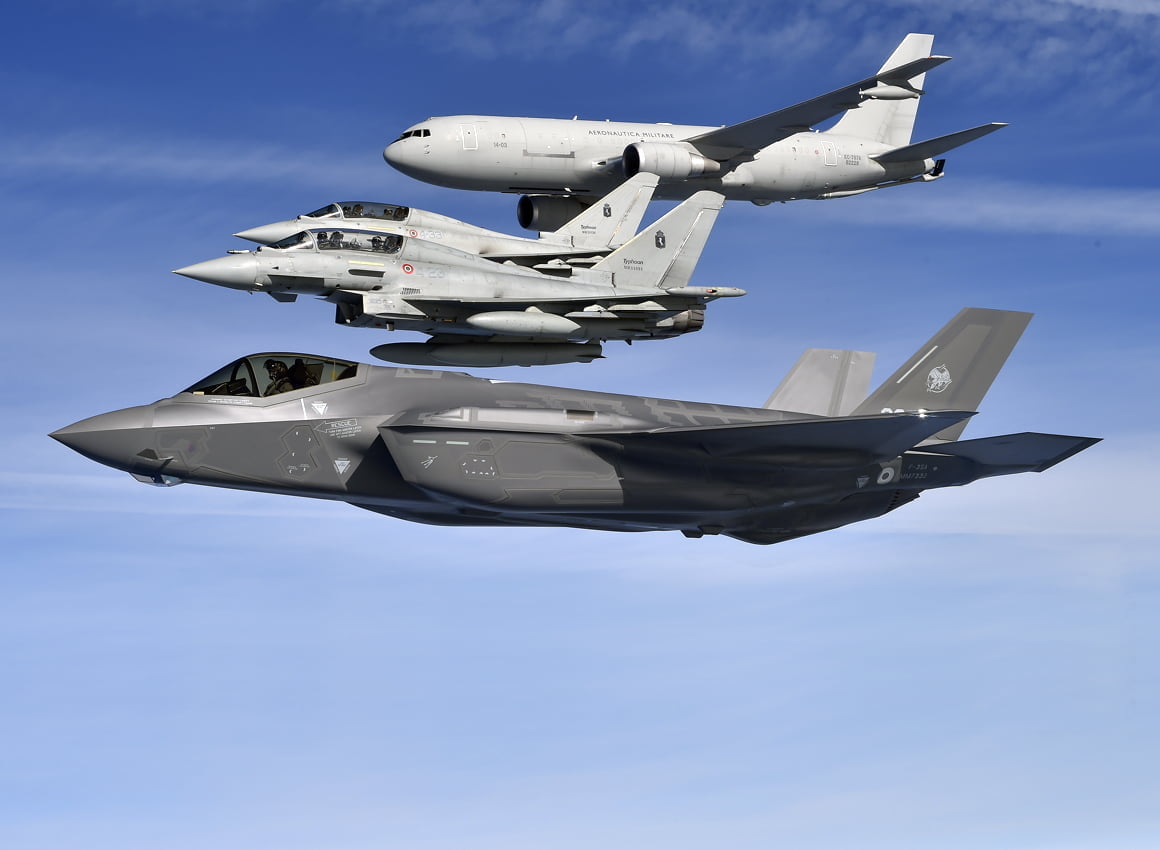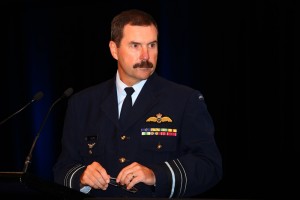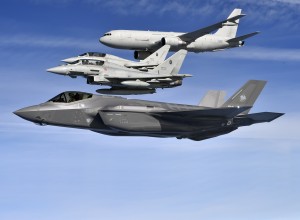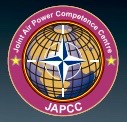2016-06-03 By Richard McCormack
Washington legislators have re-awakened to concerns over the Defense Department’s inability to plan for and deal with what is now the final stage in the shift of American microelectronics production offshore.
Congress wants the Pentagon to figure out how it is going to deal with issues associated with purchasing “trusted” electronics for military weapons and national security surveillance systems from foreign and foreign-owned producers.
Within the National Defense Authorization Act for 2017 (HR-4909), which passed in the House of Representatives on May 18, Congress directs the federal government to figure out how it can buy “trusted” semiconductors from foreign producers, now that the ownership of its most important source of leading-edge microelectronics has been sold by IBM to a foreign company.
The House Armed Services Committee report accompanying the authorization bill (Report 114-537) states that Congress “remains concerned with the Department of Defense’s ability to ensure access to cutting-edge microelectronics with the requisite level of verifiable trust incorporated” into those semiconductors and circuits.
Since 2004, under a 10-year contract that was valued initially at more than $600 million, IBM provided DOD and the National Security Agency with output from its “Trusted Foundry” fabs in East Fishkill, N.Y., and Burlington, Vt. IBM produced small runs of specialized chips that could be used with confidence throughout the military and national security complex. But last July, IBM finalized sale of its semiconductor business to Global Foundries, a company owned by the Emirates of Abu Dhabi. Included in the transaction was IBM’s federally supported Trusted Foundry.
Within the 2017 authorization bill, there is $69 million for the Trusted Foundry. DOD and the Defense Security Service have renewed the Trusted Foundry contract after they were assured that Global Foundries “could obtain the appropriate accreditations to be a DOD Trusted Supplier following the [IBM] transition,” DOD officials told the Armed Services Committee. But DOD’s continued access to secure chips provided by the former IBM facility “is uncertain,” added Marie Mak, director of acquisition and sourcing management at the Government Accountability Office. “There are no near-term alternatives to the foundry services formerly provided by IBM.”
DOD’s reliance on a single-source of supply for sensitive microchips could soon end, “yet there is no sense of urgency,” says a congressional aide. “We are trying to push DOD to consider its options.”
The language in the DOD authorization bill mirrors those remarks: “Due to market trends, supply chain globalization and manufacturing costs, the Department’s future access to U.S.-based microelectronics sources is uncertain,” says the House Armed Services Report. “As such, the Department is considering various potential approaches that would allow it to access commercial, non-trusted sources in the global microelectronics marketplace, while still ensuring trust.”
Congress isn’t sure the Pentagon knows what it’s getting into.
Having lost its last U.S.-owned source of trusted semiconductors and with the “dwindling number of domestic microelectronics manufacturers on which the Department can rely, the [Armed Services Committee] believes that there should be a better understanding of what trust capabilities exist and are in use by the commercial marketplace,” says the NDAA.
DOD was warned of this potential outcome more than a decade ago. The Defense Science Board Task Force on High Performance Microchip Supply in 2005 outlined the potential consequences of “a profound restructuring” of the electronics industry caused by offshore outsourcing, the rise of increasingly competitive government-subsidized foreign producers and substantial declines in federal support for basic R&D. The Defense Department did not adopt DSB’s recommendations and now the fail-safe point described in that report has been reached.
The result is congressionally mandated studies by DOD and the Comptroller General of the United States focused on how the government can evaluate and emulate how companies in the private sector assure the purchase of foreign-produced trusted microelectronics semiconductors and components “and prevent malicious content in devices,” according to the authorization bill. The studies will address how DOD can leverage commercial microelectronics purchasing practices and will answer this question: “What are the challenges associated with implementing these practices for defense systems?”
It is unclear how DOD can oversee or regulate production of sensitive chips without issuing security clearances or requiring that chips and systems be produced by U.S. citizens.
Can U.S. military and national security contractors share designs and intellectual property with foreign-owned producers?
Will foreign companies agree to make small runs of complex mil-spec chips intended for use in sensitive U.S. military and national security surveillance systems that could be used against their own countries?
In a hearing before the House Armed Services Committee last October, three government officials testified that there are only four major companies left in the world making advanced semiconductors: TSMC of Taiwan; Global Foundries, owned by the UAE; Korea-based Samsung; and Intel Corp., which does not make national-security-specific chips and recently announced plans to lay off 12,000 workers (having misjudged growth of the mobile market).
With the loss of so much of the U.S. electronics industry and the sale of IBM’s Trusted Foundry, DOD “sees this as a significant risk to assured supply of the most advanced microelectronics for defense systems and platforms that must remain technologically superior to our adversaries,” noted the joint statement of Andre Grudger, acting deputy assistant secretary of defense for Manufacturing and Industrial Base Policy; Kristen Baldwin, principal deputy assistant secretary of defense for Systems Engineering; and Brett Hamilton, chief engineer for trusted microelectronics at the Navy Surface Warfare Center Crane Division. “Consolidation in the microelectronics industry has raised DOD concerns for assured supply for national security missions.
In the past 15 months alone [through October 2015], 21 mergers and acquisitions worth over $51 billion are pending or have been completed, including two of the top 10 largest U.S. semiconductors firms.”
More recently, China’s announcement of a $200-billion investment in semiconductor technology, in a “go-it-alone” strategy to become self sufficient in the technology, is raising additional concerns, which the federal government will soon be addressing separately.
(The semiconductor industry R&D consortium Sematech closed its doors last year.)
“China’s recent significant investment in the [U.S.] microelectronics industry is an example of foreign transactions that DOD is actively monitoring from a technology and market share perspective,” the three government officials testified.
The three DOD officials also disclosed that one of the reasons for the Obama administration’s push for the creation of the National Network for Manufacturing Innovation (NNMI) is to assure supply of electronics for the U.S. military. The NNMI “can enable the DOD Trusted Defense Systems Strategy by supporting flexible hybrid electronics and integrated photonics manufacturing institutes, which deliver new manufacturing capabilities in electronics,” said the government officials.
In February, 2005, The DSB’s Task Force on High Performance Microchip Supply, concluded that DOD had “no overall vision of its future microelectronics components needs and how to deal with them. Technology and supply problems are addressed as they arise. An overall vision would enable the Department to develop approaches to meeting its needs before each individual supply sources becomes an emergency.”
DOD never addressed those options “as urgent issues,” said GAO’s Mak. “[B]y relying on a sole source supplier for leading-edge microelectronics, DOD now faces some difficult decisions with potentially significant cost and schedule impacts to programs that rely on these technologies as well as national security implications.”
The NDAA also calls on the Secretary of Defense “to develop and implement a strategy for developing and acquiring trusted microelectronics from various sources by 2020.” That strategy must be submitted to the congressional defense committees a year after passage of the 2017 Defense authorization bill. “The Secretary of Defense would also be required to certify by September 30, 2020, that the Department has implemented the recommendations of the strategy and has created an assured means of accessing sufficient supply of trusted microelectronics.”
DOD is also directed to “consider utilizing” funding from Title III of the Defense Production Act and the National Security Space Industrial and Supply Base Risk Mitigation Program (NSS-ISB) for projects that “ensure the availability of domestic production capabilities. . . for strategic-hardened and trusted microelectronics.”
According to the NDAA, the Secretary of Defense is required to brief the Committees on Armed Services in the Senate and the House of Representatives by September 1, 2016, with “information on the Secretary’s plans to ensure a continued domestic source of strategic-hardened trusted microelectronics and the Secretary’s views on using DPA Title III and the NSS-ISB for such purposes.”
This article was republished with the permission of our partner Manufacturing News.



